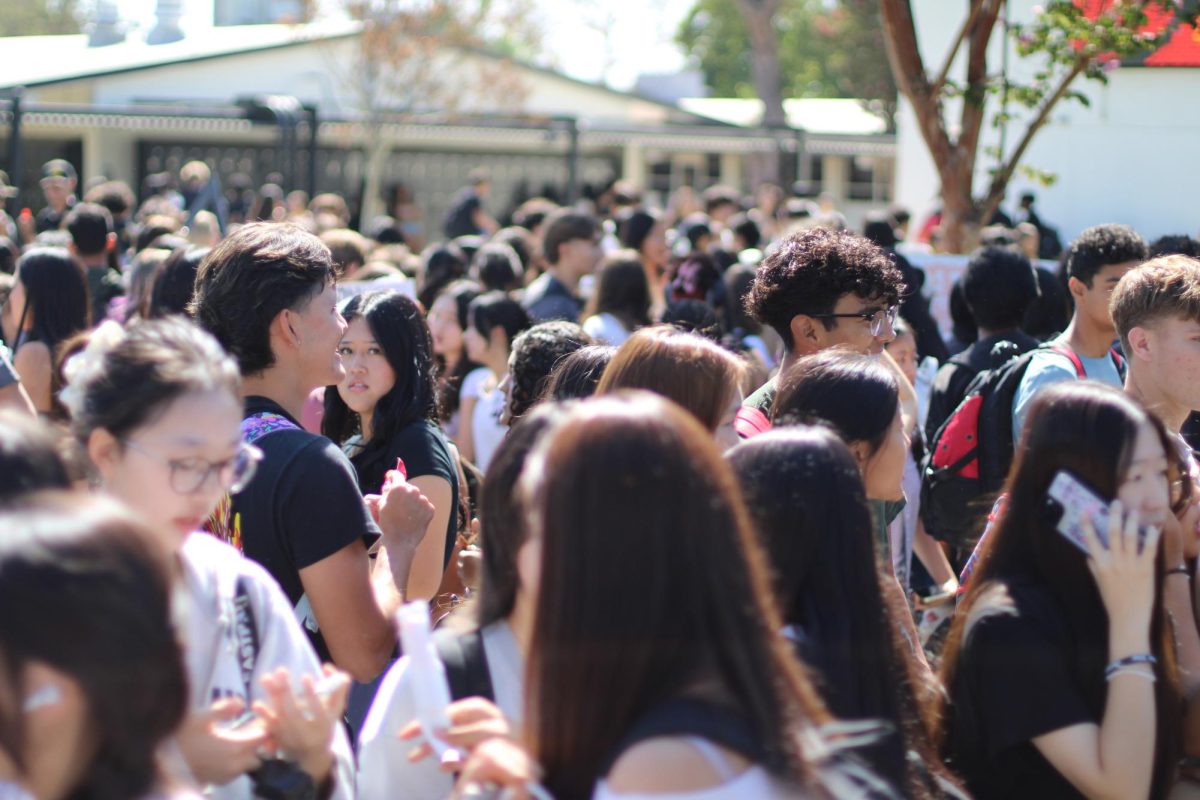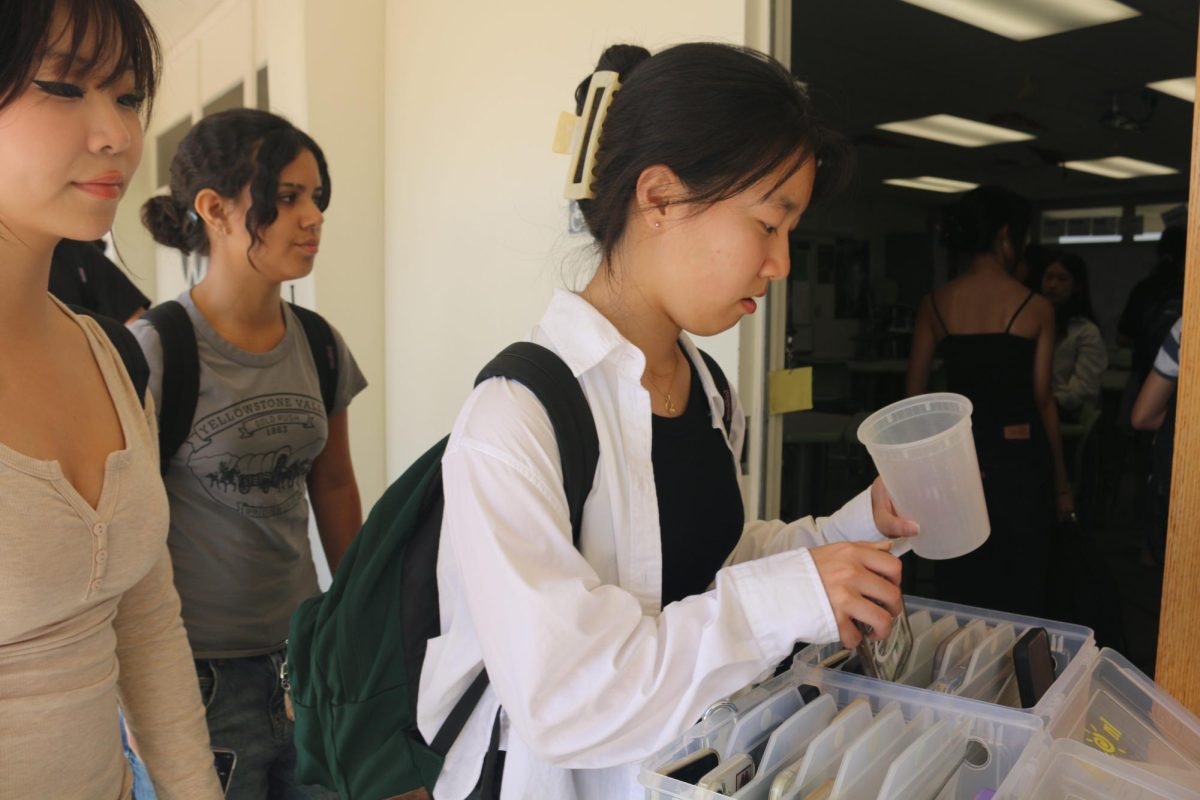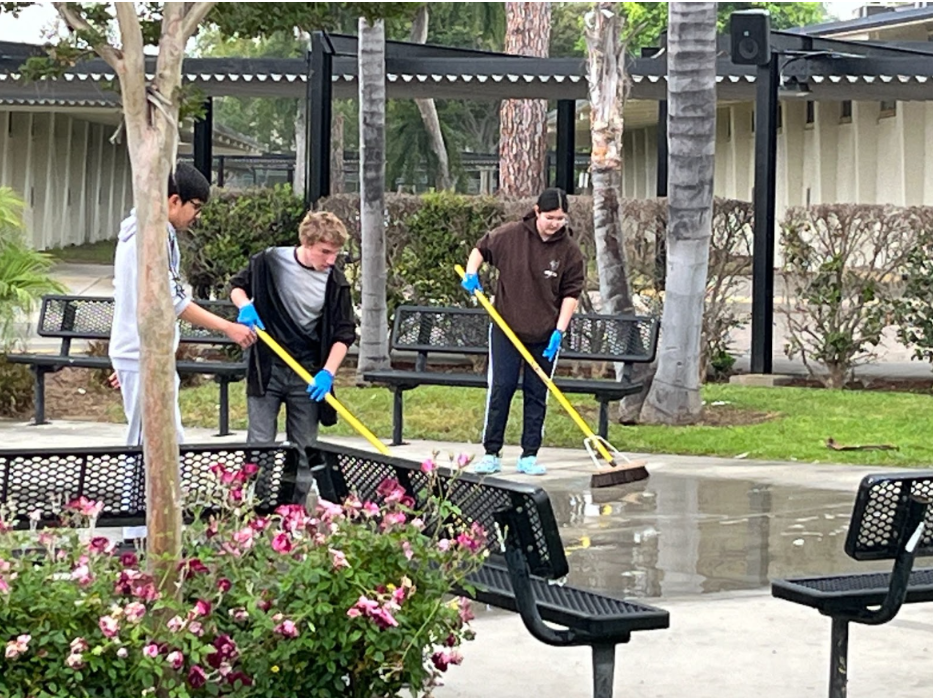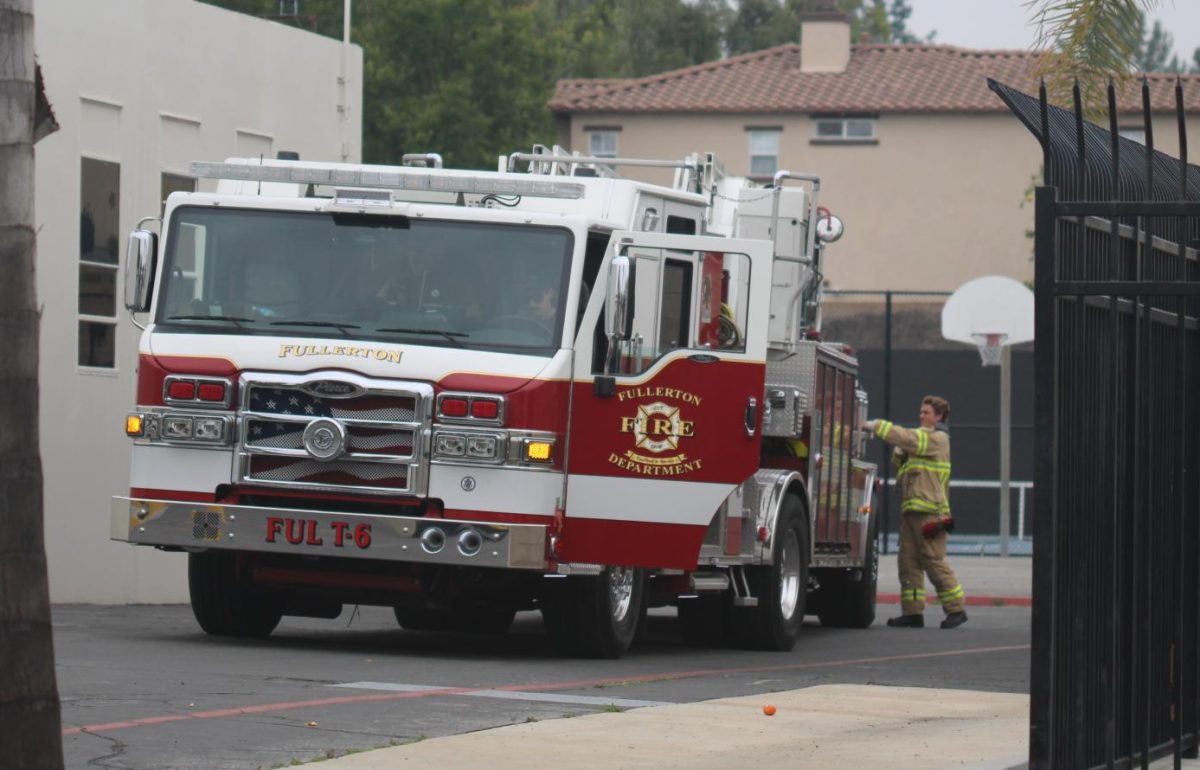College students dance the night away on the lush beaches of Miami during spring break, forcing local government officials to limit crowds to 250 people and set an 11 p.m. curfew back on March 15.
Strobe lights and loud music penetrate the silence of the night as more than 150 people go in and out of one of San Francisco’s underground nightclubs during the zenith of the coronavirus pandemic.
A crowd of more than 200 join a rally April 17 in downtown Huntington Beach with some holding signs that say, “Live free or die” and “My constitutional rights are essential,” as they protest the state’s restrictions on which businesses can remain open and its closure of public parks and beaches.
Despite the pleas from medical experts for everyone to stay home and leave only for essentials, many continue to ignore social distancing guidelines, adding to the 23,000 confirmed COVID-19 cases in California and the 676,676 confirmed cases nationwide as of April 16.
“It is extremely important for individuals to self isolate in order to flatten the curve,” Sunny Hills medical careers teacher and sports trainer Lauren Welker said. “I continue to see people inviting over friends or neighbors and thinking that if it’s a small group, then it’s fine, but that is incorrect.”
As of the week of April 15, Fullerton had 42 confirmed cases among 1376 cases and 22 deaths in Orange County.
Hot spots for the coronavirus within the county include Anaheim with 156 cases, Santa Ana with 134 cases and Irvine with 105 cases, according to The Orange County Register.
“While [Fullerton’s] numbers do appear much lower than other areas, we still do not have herd immunity, meaning that the majority of the population is immune,” Welker said. “It takes only one person who does not take this seriously to infect significantly more people.”
Like many other medical experts nationwide, Welker continues to stress the importance of social distancing to “flatten the curve” — limiting the spread of the disease so hospitals are not overwhelmed.
“I get it; students miss their friends and their significant others — I miss my family and friends as well — but there will be an end to this,” she said. “However, that end might come later if people think that visiting their friends is OK or completely disregard the need for social distancing.”
Although as of April 2, California has recorded only 2,572 confirmed cases with three deaths of those under 18 occurring in the United States, the main reason that health officials warn teenagers from attending schools and having their own gatherings is because of what they term “asymptomatic risks,” the spread of the disease by unknowing carriers.
“[School] was shut down — one because it was a public health order and also because there are students on campus with compromised immune systems as well,” Welker said. “On top of that, if a student contracts the infection at school, then they are bringing that infection home with them to their parents, siblings and elderly family members.”
COVID-19, or coronavirus disease of 2019, infects the respiratory tract like the flu but is considered much more lethal because it can cause a severe inflammatory response, causing the body to attack itself. Those who face the greatest risk of death and serious complications are those who are 65 and older or immunocompromised.
The most common symptoms of the virus are fever, cough and shortness of breath.
Though at the beginning of the COVID-19 outbreak in February, U.S. health officials along with Welker had encouraged only those who have symptoms or have a cold or flu to wear face masks, by April 3 they have since changed their tune, matching what China and other Asian countries have implemented as regulations for people to follow to help flatten the curve.
“At the time, there was still uncertainty as to whether or not the virus was airborne; now that more research has been done that states it can stay in the air up to three hours depending on the environment, I think that wearing protective face masks is extremely important,” she said. “Asian countries wearing face masks is somewhat normal, but in America it was not, so Asian countries have somewhat been prepared with personal protective equipment, and we definitely were not.”
Despite the new guidelines promoting the wearing of masks, large gatherings like graduations and parties are still not safe.
“Only one person needs to be infected, and if they decide to go out and infect two people at a [graduation] ceremony, then those two people each infect another two people, and then that number gets out of control,” Welker said. We are trying to not overwhelm our healthcare system, which doesn’t have the resources to take care of that many people.”
Meanwhile, state and federal health officials continue to look at data regarding how long Americans should continue social distancing and face mask-wearing measures.
Former Department of Homeland Security official Julliette Kayyeem told The Atlantic magazine in a column on March 21 that the coronavirus pandemic could last up to 18 months. Conversely, assistant professor of infectious disease at Johns Hopkins University School of Medicine Morgan Katz told The New York Times on March 31 that by early May the pandemic should begin to die out.
No matter what the data points to, Welker encourages students to remain patient.
“There have been several scenarios proposed by health experts saying that it will die off in the summer, so the next two months might be the length of the quarantine — or we will be in quarantine until we find a vaccine, which could be as long as early 2021,” she said. “Students need to remember though that one day this will be over, and life will return back to normal.”



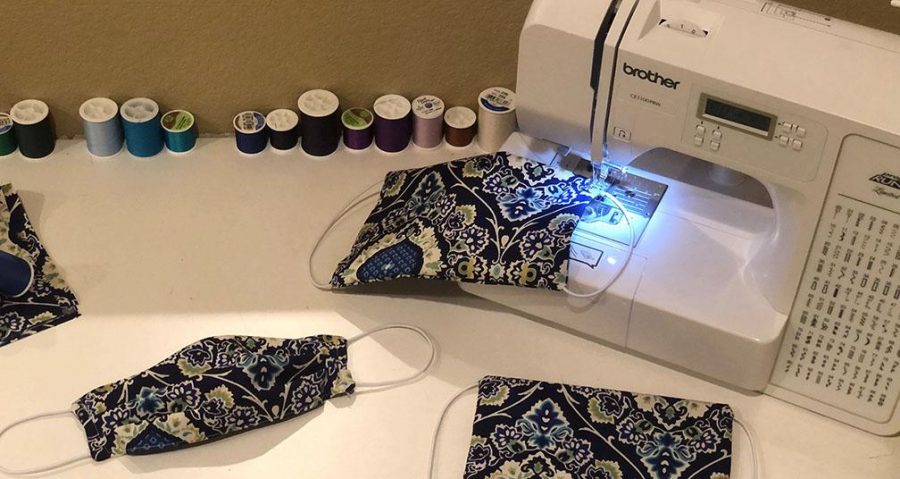
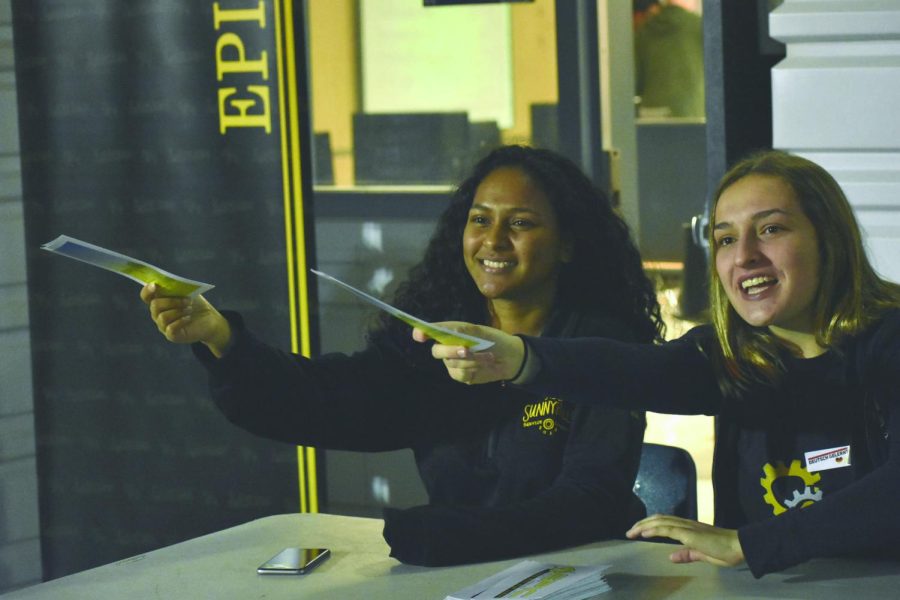
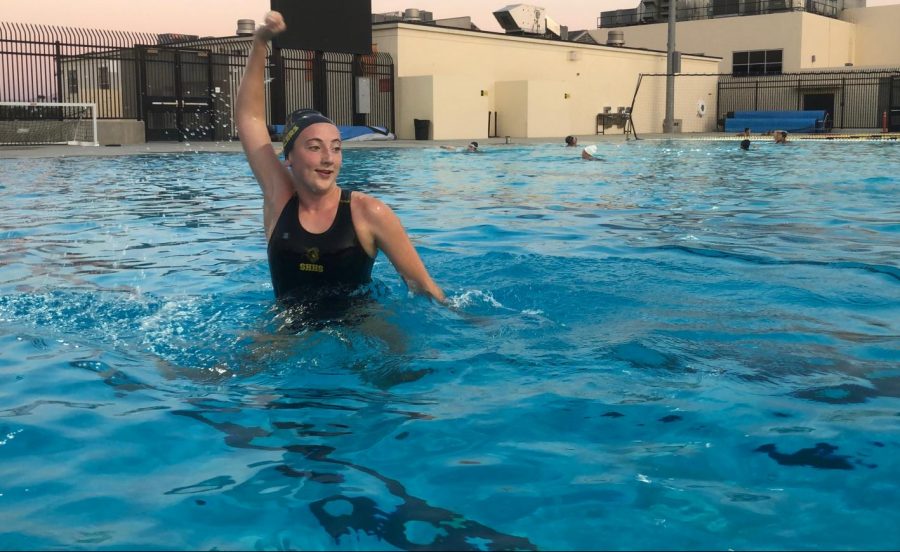


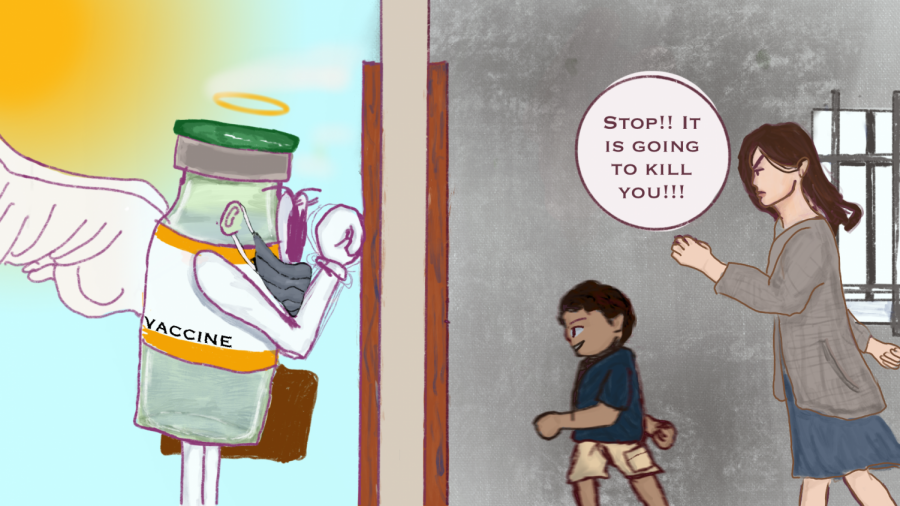
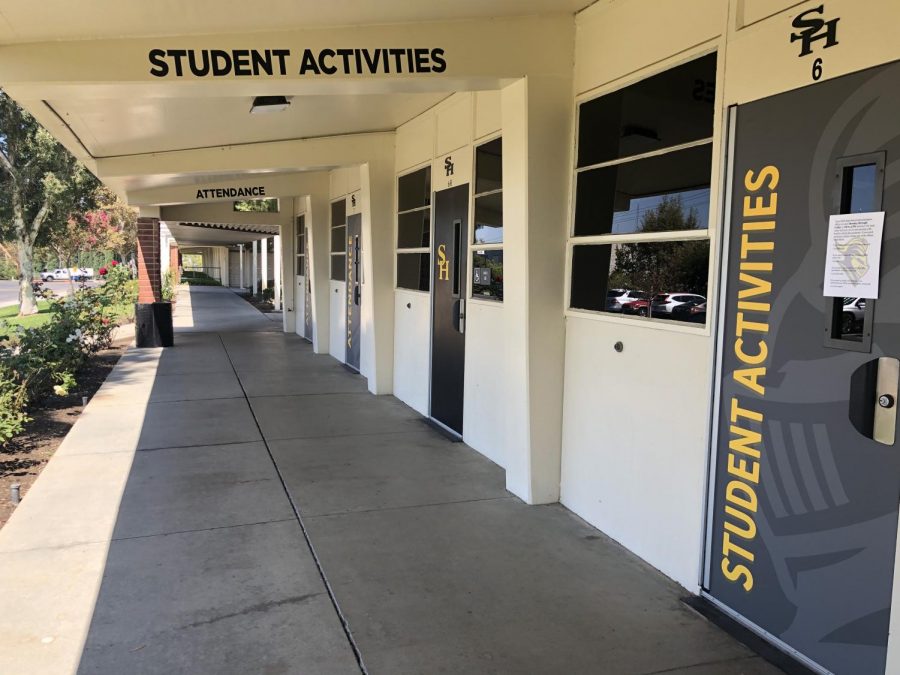


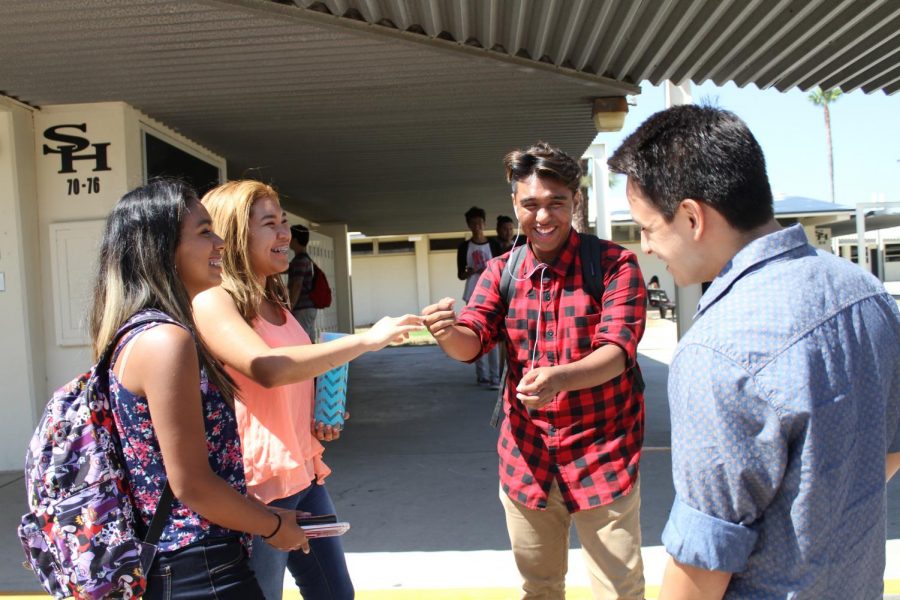
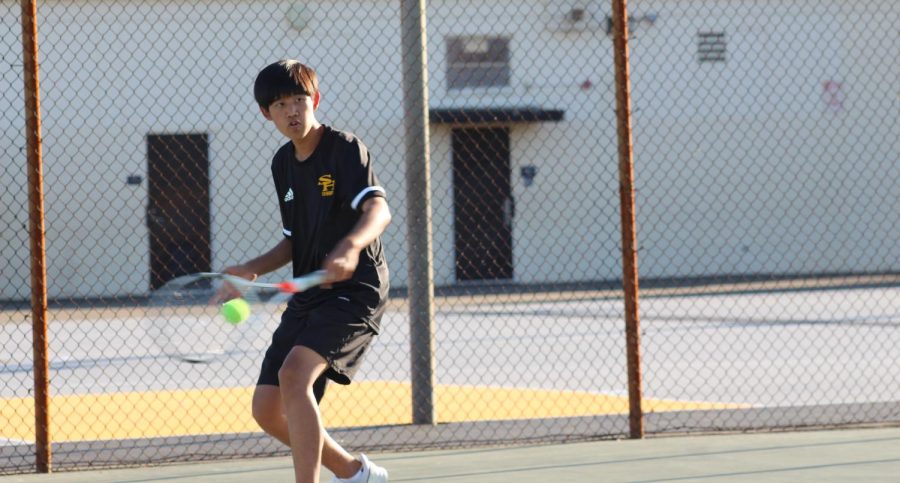
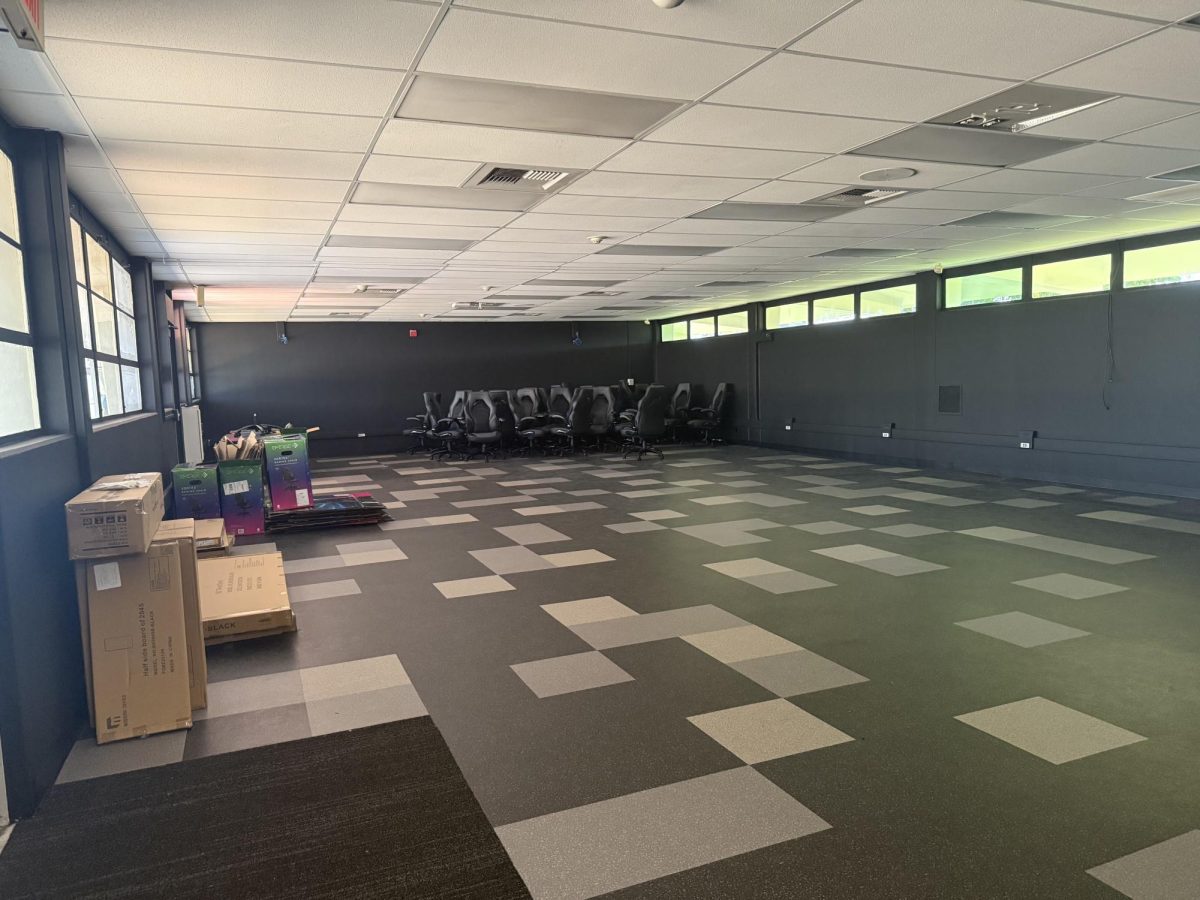
![Students and staff across the Fullerton Joint Union High School District [FJUHSD] received emails promoting a part time job offer with pay. The messages were set from compromised FJUHSD accounts.](https://shhsaccolade.com/wp-content/uploads/2025/09/image1-2-1200x527.png)
